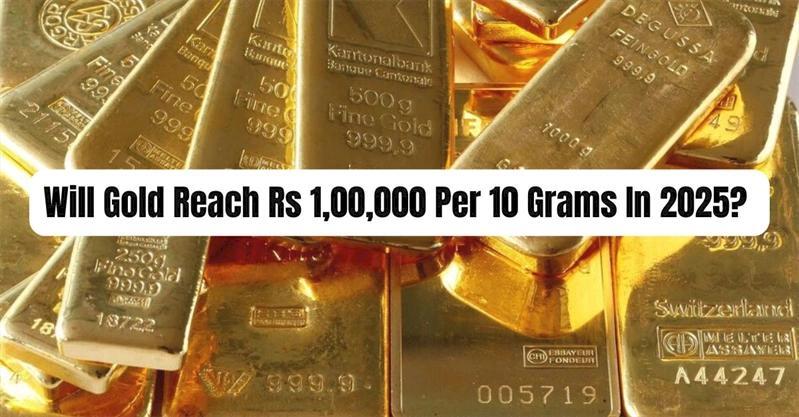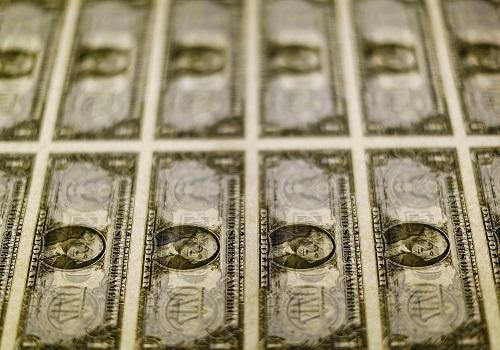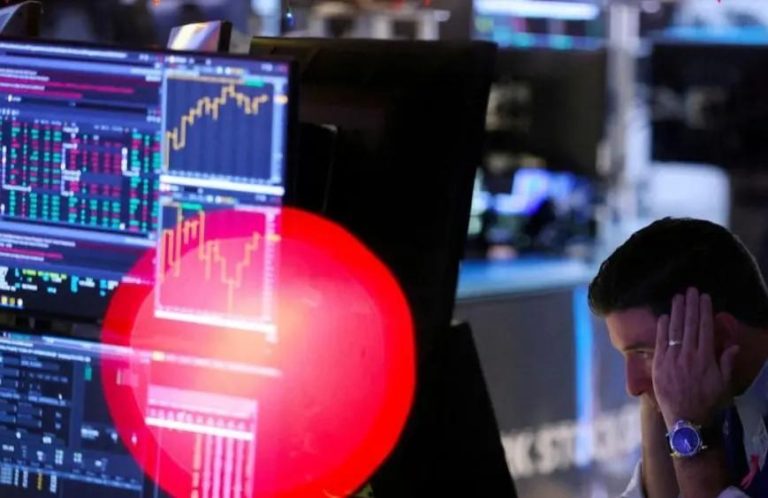
Gold Shines as Financial Haven, Cultural Symbol Amid Record Prices
The allure of gold has captivated humans for centuries, transcending its value as a precious metal to become a symbol of wealth, status, and cultural significance. As the price of gold soars to unprecedented heights, reaching an all-time high of ₹86,615 per 10 grams on February 5, 2025, its importance as a financial haven and cultural icon only grows stronger. In this article, we’ll delve into the reasons behind gold’s enduring appeal and examine its potential as an investment and hedge against economic uncertainty.
A Financial Haven
Gold’s reputation as a safe-haven asset dates back to ancient times, when it was used as a store of value and medium of exchange. Its value is not tied to any particular country or economy, making it a popular choice for investors seeking to diversify their portfolios. As global economies face uncertainty and volatility, gold’s appeal as a hedge against inflation, currency fluctuations, and market downturns has only increased.
In recent years, central banks and institutional investors have been buying gold in large quantities, driving up its price. This trend is expected to continue, with many experts predicting that gold will reach ₹100,000 per 10 grams by the end of 2025. The growth of gold prices is not limited to Indian markets; global prices have also reached record highs, with the price of gold per ounce reaching an all-time high of $2,050 in February 2025.
A Cultural Symbol
Gold’s significance extends far beyond its financial value, playing a vital role in Indian culture and tradition. In India, gold is a symbol of prosperity, good fortune, and social status. Its importance is evident in the way it is used in festivals, weddings, and other important life events.
In Hindu mythology, gold is considered a sacred metal, associated with the goddess Lakshmi, the embodiment of wealth and prosperity. The tradition of gifting gold jewelry to brides on their wedding day is a symbol of the groom’s wealth and status, and the bride’s beauty and purity. Gold is also used in various Hindu rituals and ceremonies, including the sacred thread ceremony and the worship of gods and goddesses.
Festivals and Celebrations
Gold’s cultural significance is evident in the way it is used during India’s many festivals and celebrations. During Diwali, the festival of lights, gold is used to decorate homes and temples, symbolizing the victory of light over darkness. In southern India, especially in Tamil Nadu, gold is used to make intricate temple decorations and idols, which are then immersed in rivers and seas during the festival of Pongal.
In addition to its cultural significance, gold is also an important part of India’s wedding traditions. Gifts of gold jewelry, coins, and other ornaments are a symbol of love, respect, and commitment between the couple and their families. The tradition of gifting gold is so deeply ingrained in Indian culture that it is considered a breach of etiquette to ignore this custom.
Investment Potential
Given its record prices and growing demand, gold is an attractive investment option for those looking to diversify their portfolios. Gold ETFs, gold mutual funds, and gold coins are all popular ways to invest in gold, offering a range of benefits, including:
- Diversification: Gold is an uncorrelated asset, meaning its price movements are not directly linked to those of stocks, bonds, or other assets.
- Hedge against inflation: Gold tends to perform well during periods of high inflation, making it a popular choice for investors seeking to protect their wealth.
- Low volatility: Gold prices tend to be less volatile than those of other assets, making it a relatively stable investment option.
Conclusion
Gold’s enduring allure stems from its role as a financial haven and cultural symbol. Its price has soared over the last century, reaching an all-time high of ₹86,615 per 10 grams on February 5, 2025. This growth highlights its potential as an investment and hedge against economic uncertainty. Gold’s significance in Indian culture, particularly in festivals and weddings, further cements its value.
As the price of gold continues to rise, it is likely to remain a popular investment option for those seeking to diversify their portfolios and protect their wealth. Whether you’re an investor, a cultural enthusiast, or simply someone who appreciates the beauty of gold, its appeal shows no signs of fading anytime soon.
Source:






